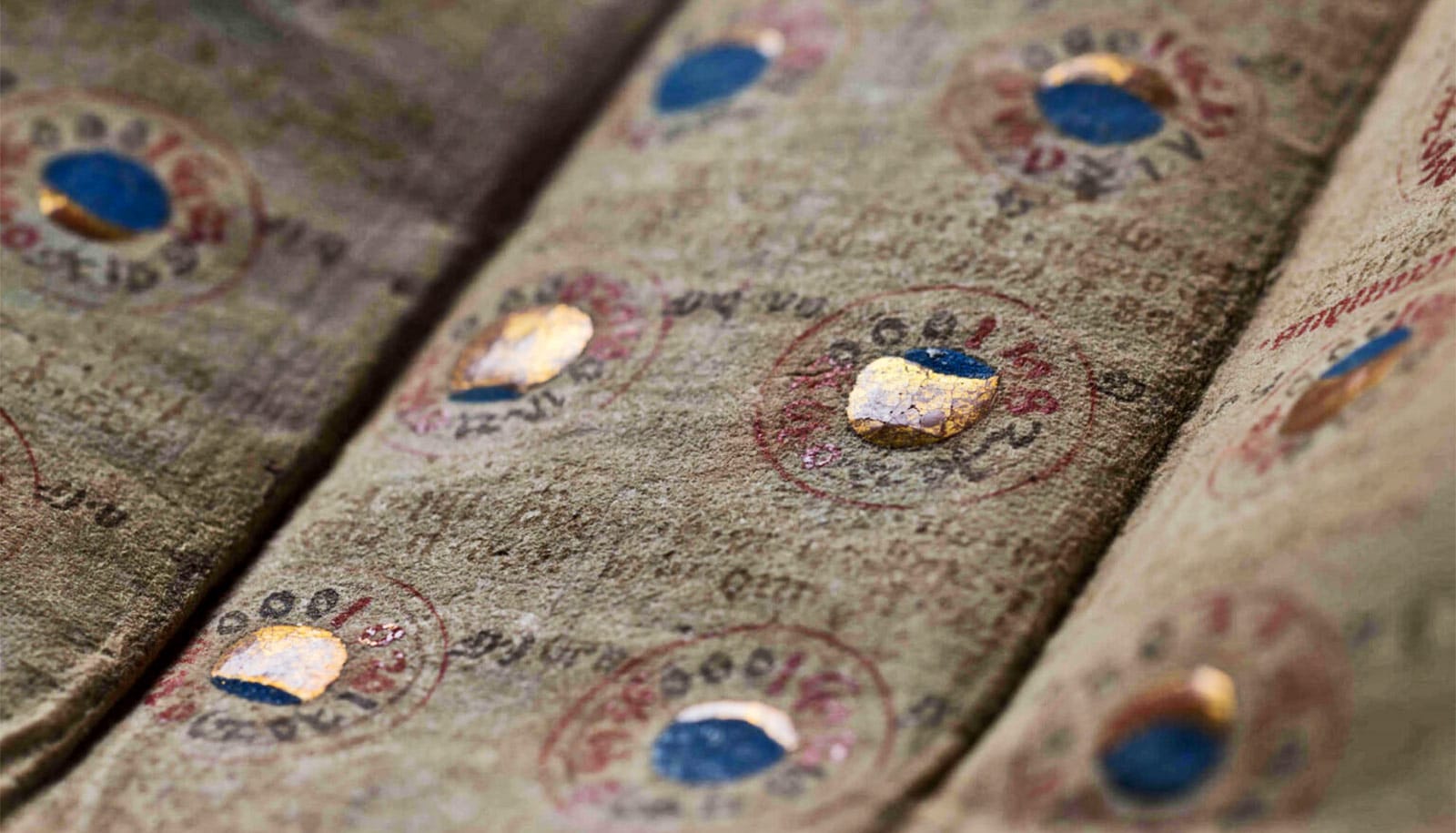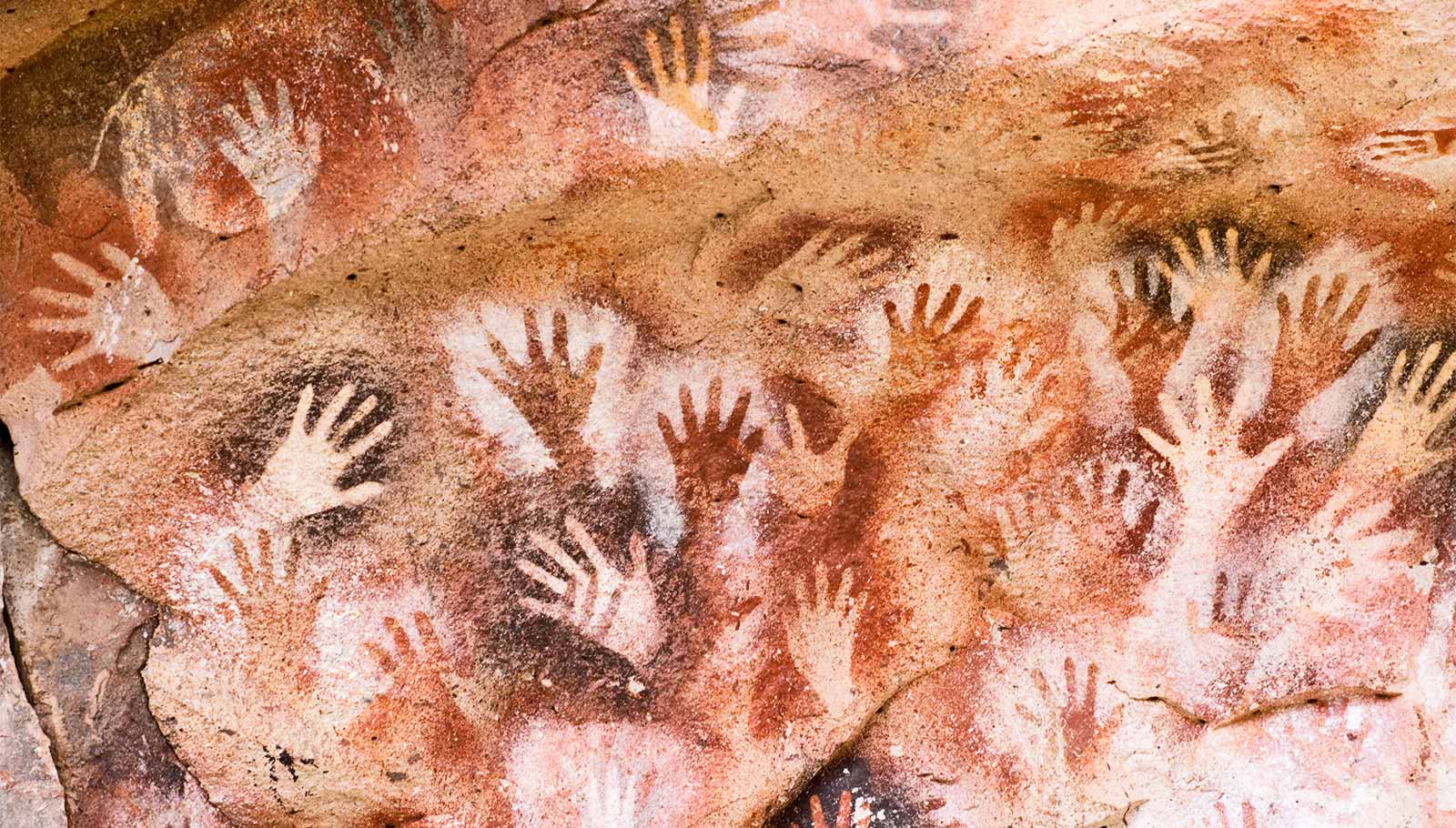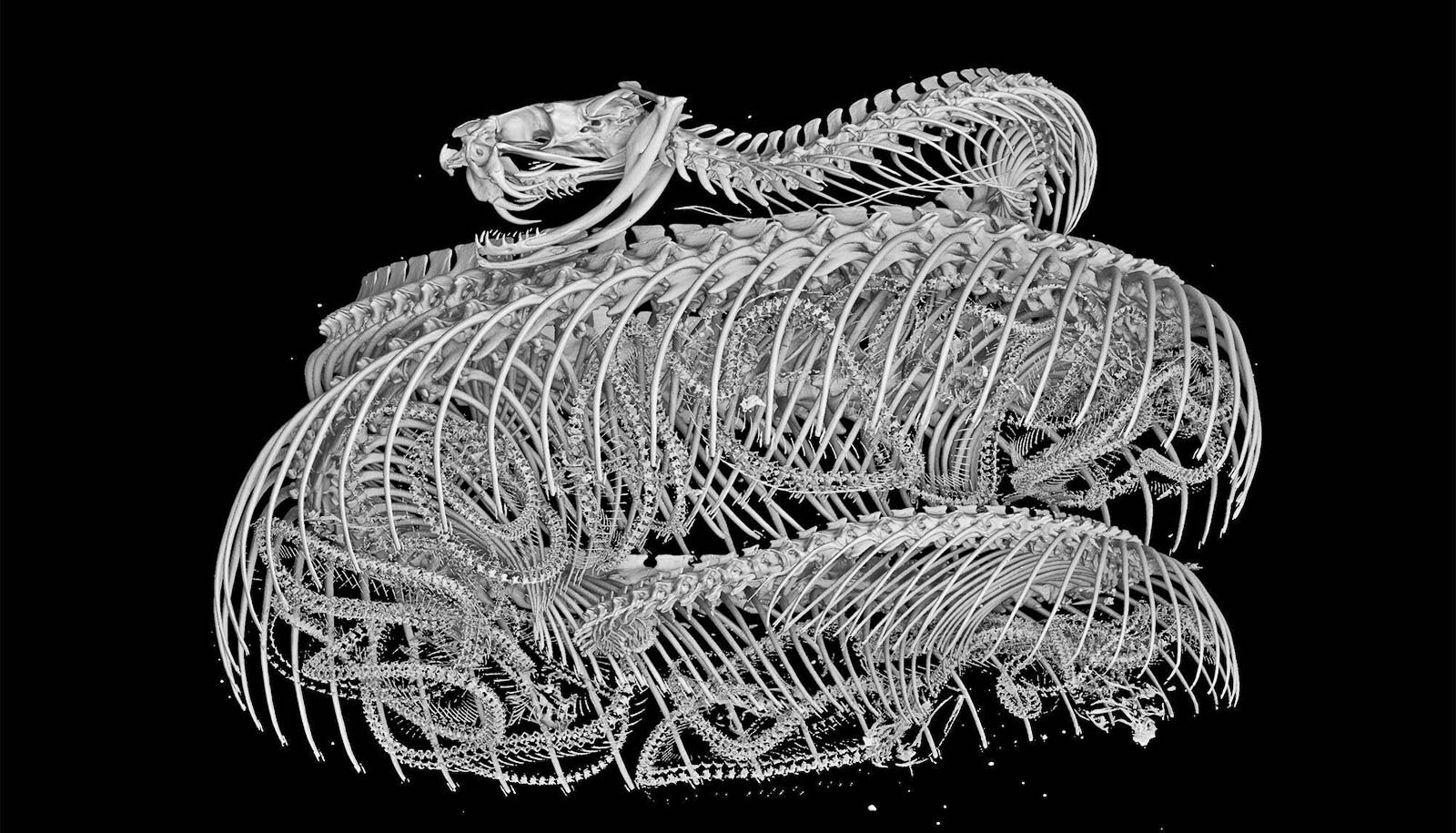RUTGERS (US) — The tradition of herbal healing known as Hoodoo is about more than using hex-breaking oils and candles to ward off bad vibes, according to a new book by scholar Katrina Hazzard-Donald.
“Scholars who write about African traditions in the United States have become concerned over the work that has been done by those who are outsiders to cultural traditions,” says Hazzard-Donald, an associate professor of sociology, anthropology, and criminal justice at Rutgers-Camden. “For example, some of the material on African culture and tradition presents premises that are inaccurate. This has happened a lot with Hoodoo.”
Hoodoo is a form of traditional African-American folk magic that developed from a combination of beliefs of a number of separate African cultures after they came to the United States during the slave trade, Hazzard-Donald explains in her book, Mojo Workin’: The Old African-American Hoodoo System (University of Illinois Press, 2012).
[sources]
It is not to be confused with Voodoo or Vodoun, a West African religion, although Hoodoo began as a religion and lost its religious status after the 1880s. It first emerged in the southeastern United States when people from West African tribes of the Congo, Sierra Leone, and present-day Ghana came to America.
“The cultural profile of those three regions is very different and the religions are different,” Hazzard-Donald says. “But after 1807, the African slaves are united under a common material culture and Hoodoo begins to emerge out of these three distinct African religious traditions.”
Hoodoo beliefs are purely naturalistic and practices used naturally obtained supplies like herbs, minerals, and even animals. For example, “chewing the root” was done to release the sap of a plant to conjure spiritual power. But Hoodoo practices began to be commercially marketed, modified, and fabricated.
“A tremendous amount of exploitation has taken place among merchants and Hoodoo emerges as a commercial enterprise right around World War I among people who were not believers or practitioners even though they were willing to sell it,” Hazzard-Donald explains. “What many people start to see is something that I call commercialized or tourist Hoodoo. It has been presented as the ‘real authentic’ Hoodoo.”
Commercial marketers gleaned information from partial conversations with people uneducated on Hoodoo practices and other faulty assumptions, Hazzard-Donald says. For example, one might see “hot foot” powder, which is derived from a misunderstanding of the traditional “spell” known as “the walkin’ foot,” which was designed to make victims walk in unusual ways, or make their legs tremble.
It’s the kind of novelty item found in many shops in New Orleans and across the country. “Commercial marketers have capitalized on Hoodoo practices to make money,” Hazzard-Donald says.
“I wanted to go back and provide an account of how we turned a traditional African religion into a novelty; to something sold in curial shops. I wanted to point out the shortcomings in these interpretations and show readers what really happened.”
Source: Rutgers



